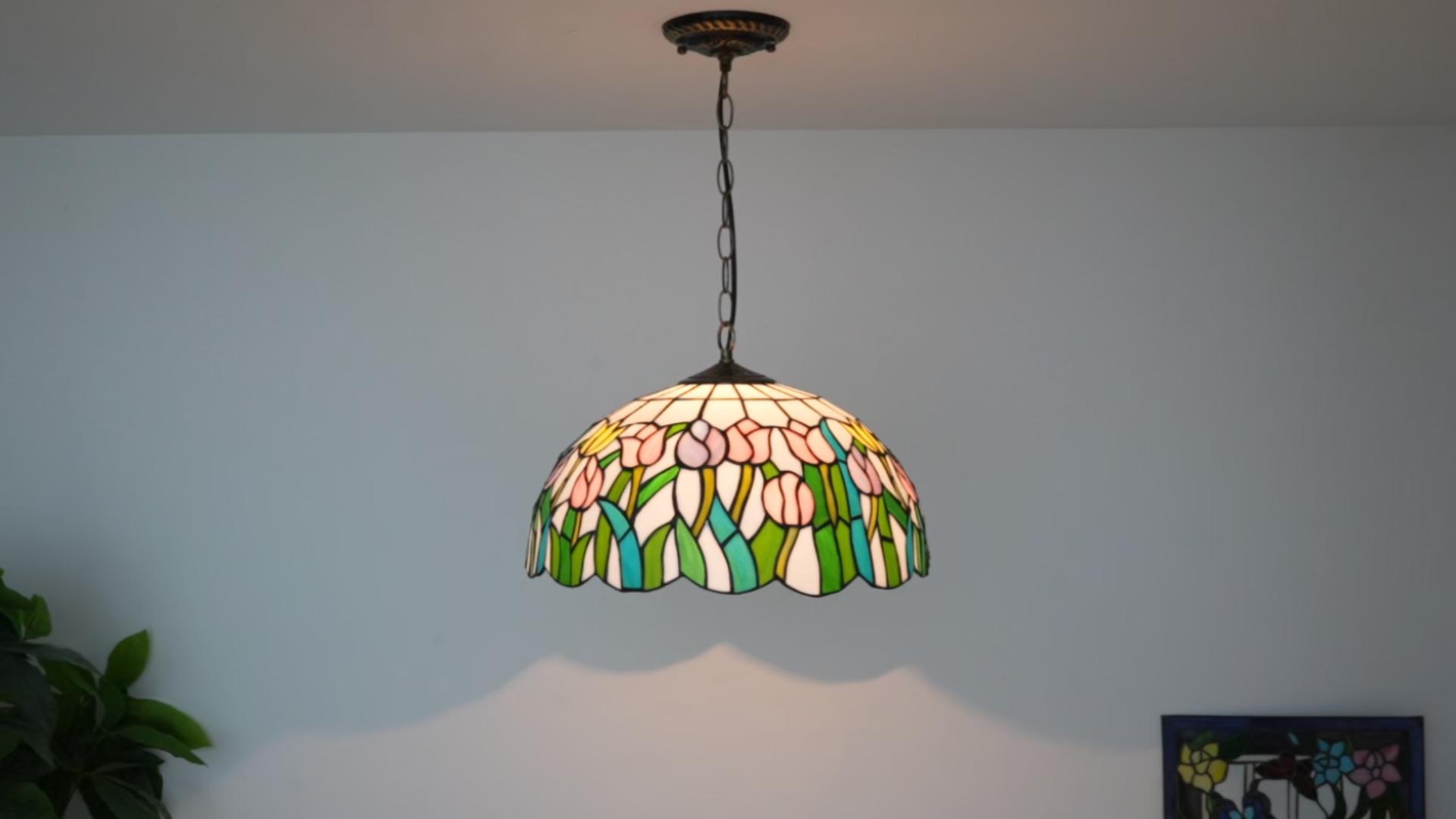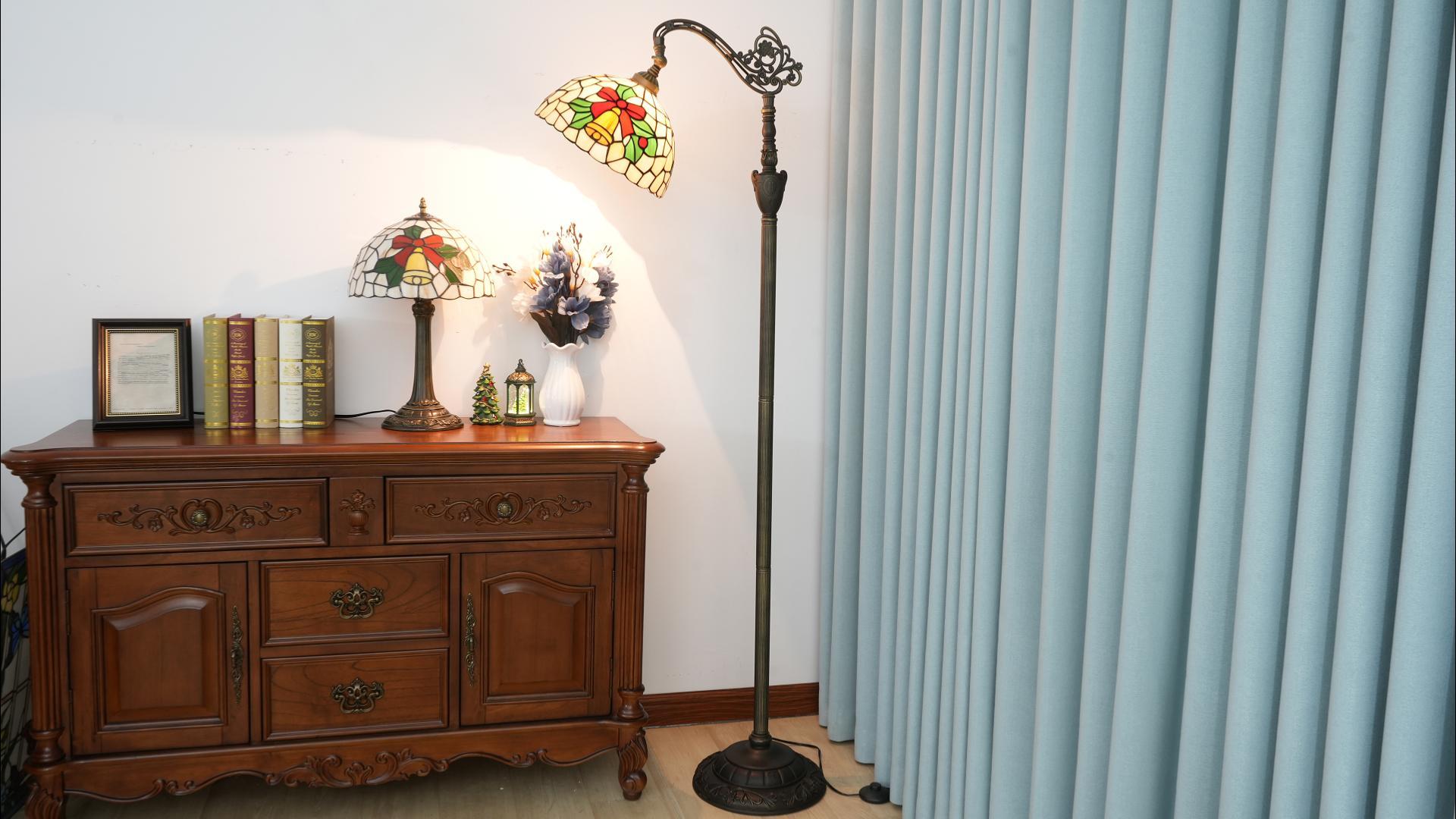The Origin, History and Value of Tiffany Lamps
The Tiffany lamp has a remarkable origin and a rich history that has left an indelible mark on the world of decorative lighting.
The origin of Tiffany lamps can be traced back to the creative genius of Louis Comfort Tiffany. In the late 19th century, Tiffany was at the forefront of the American art scene. Inspired by his travels, his love for nature, and the emerging Arts and Crafts Movement, he sought to create a new form of lighting that would be both functional and a work of art. He was particularly intrigued by the possibilities of glass as a medium.
The history of Tiffany lamps truly began to unfold in the 1890s. Tiffany developed a revolutionary technique of using copper foil to assemble stained glass pieces. This allowed for greater precision and intricacy in the design. The lampshades were crafted with an astonishing variety of glass colors and textures. For instance, the Favrile glass, which Tiffany was famous for, had unique iridescent qualities that added a touch of magic to the lamps. The designs often incorporated floral patterns, such as the beautiful peony or daffodil motifs, as well as geometric shapes and scenes from nature like landscapes and seascapes.
One of the most iconic Tiffany lamps is the "Tiffany Peony Lamp." Its lampshade is a magnificent display of peony blossoms in full bloom, with each petal carefully crafted from glass and the colors blending together in a harmonious and vivid way. Another well-known example is the "Tiffany Wisteria Lamp," which features cascading wisteria vines made of glass, giving the impression of a natural wisteria bower in bloom.
During the height of their popularity in the late 19th and early 20th centuries, Tiffany lamps were a symbol of luxury and refinement. They adorned the homes of the wealthy and were also used in high-end hotels, restaurants, and public buildings. They were not mass-produced in the modern sense but rather made in limited quantities with a high level of craftsmanship.
However, with the onset of World War I and the subsequent changes in design trends and manufacturing technologies, the production of traditional Tiffany lamps declined. But their allure never faded.
The value of Tiffany lamps is multi-faceted. From an artistic perspective, they represent a pinnacle of the Arts and Crafts Movement's ideals, combining fine art with functional design. The painstaking craftsmanship involved in creating each lamp, from cutting and shaping the glass to soldering the pieces together, makes them unique and valuable. Original Tiffany lamps from the early period are extremely rare and highly coveted by collectors. At auctions, they can command astronomical prices, sometimes reaching millions of dollars. Even reproductions and modern interpretations of Tiffany lamps have value. They allow a wider audience to enjoy the beauty and elegance of the Tiffany style and add a touch of classic charm to contemporary interiors. They are also a source of inspiration for modern lighting designers, who continue to draw on the legacy of Tiffany lamps to create new and innovative lighting fixtures that pay homage to this iconic piece of design history.
In conclusion, the Tiffany lamp is not just a lighting device but a cultural and artistic treasure with a long and fascinating history and a value that endures through the ages.




